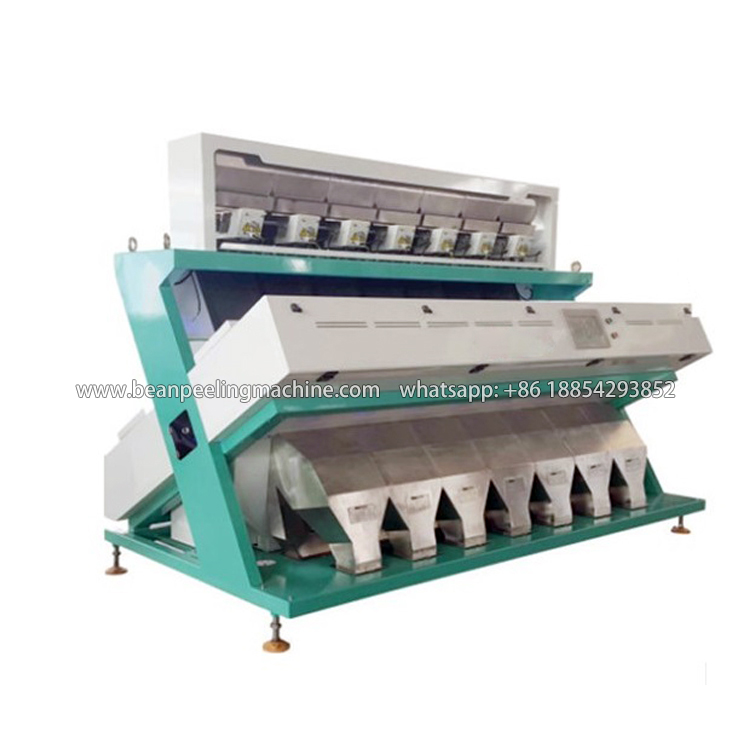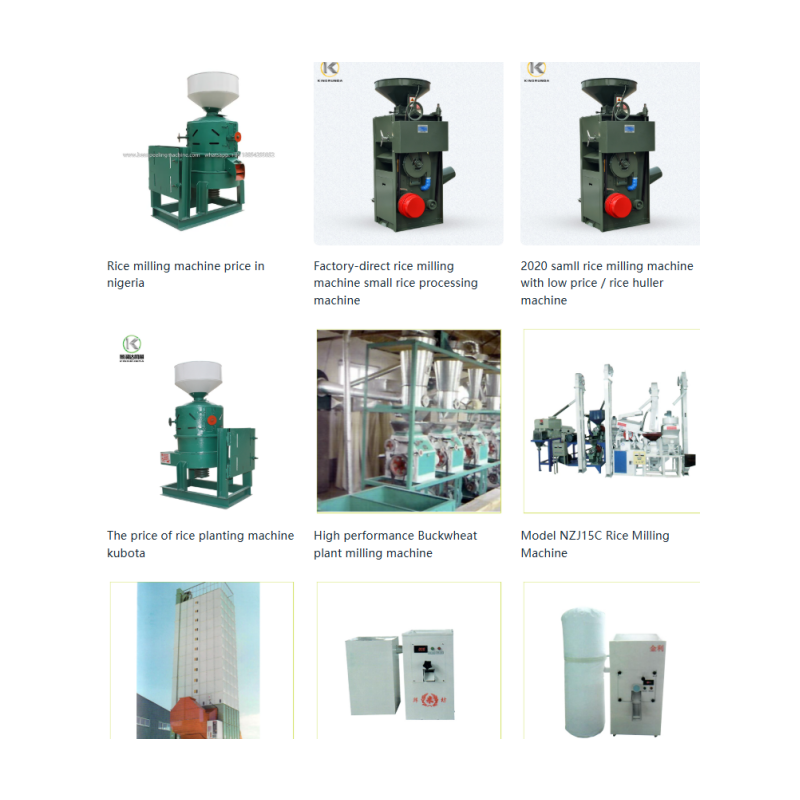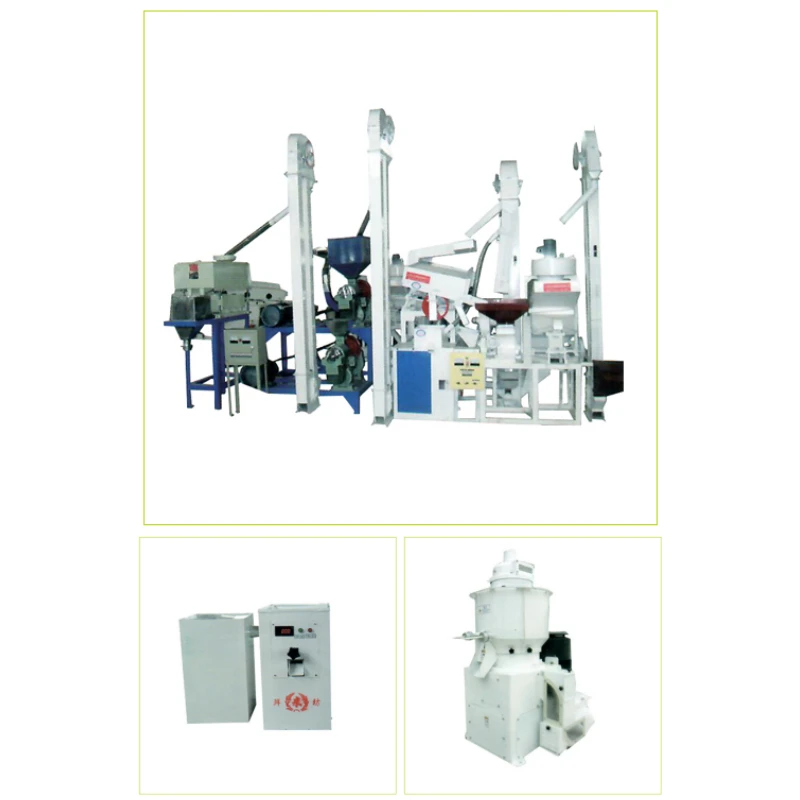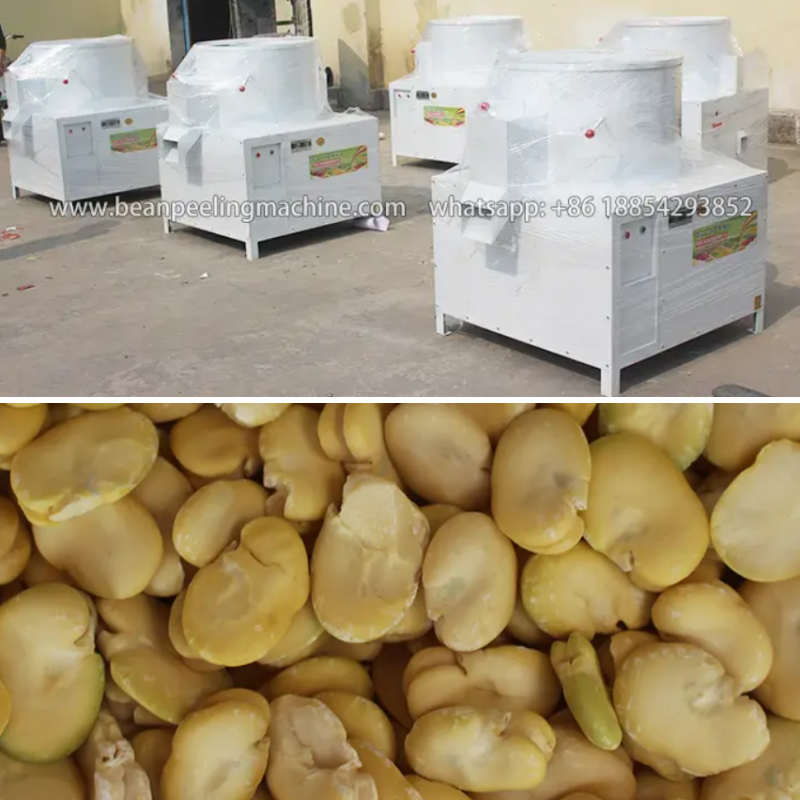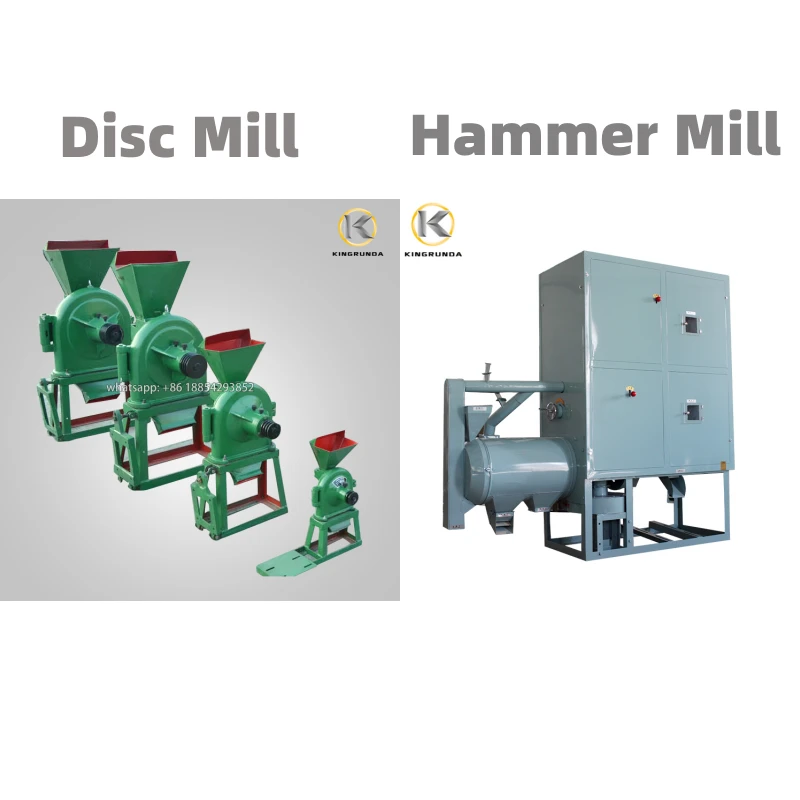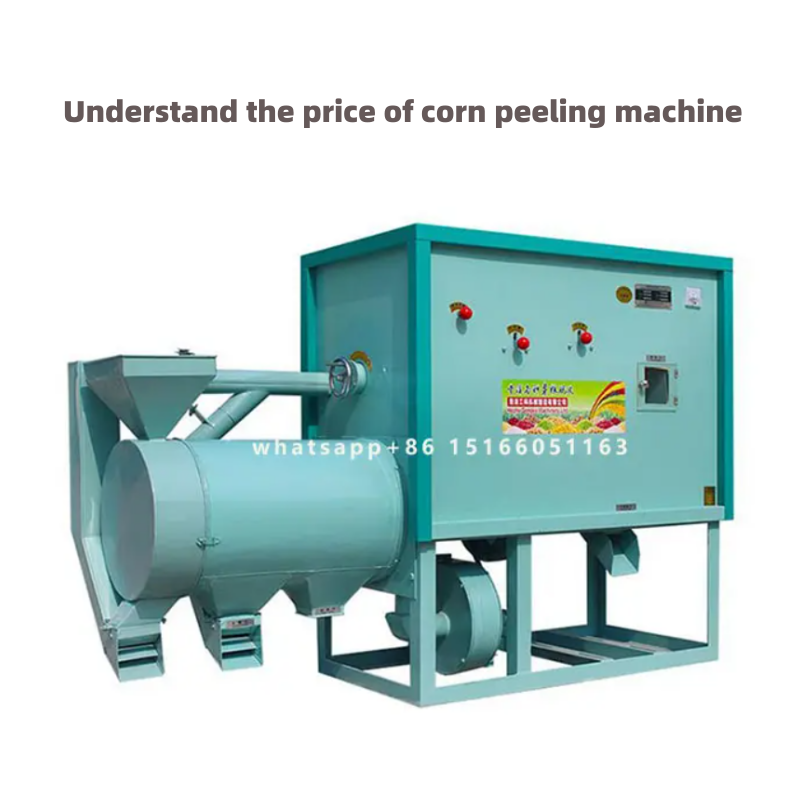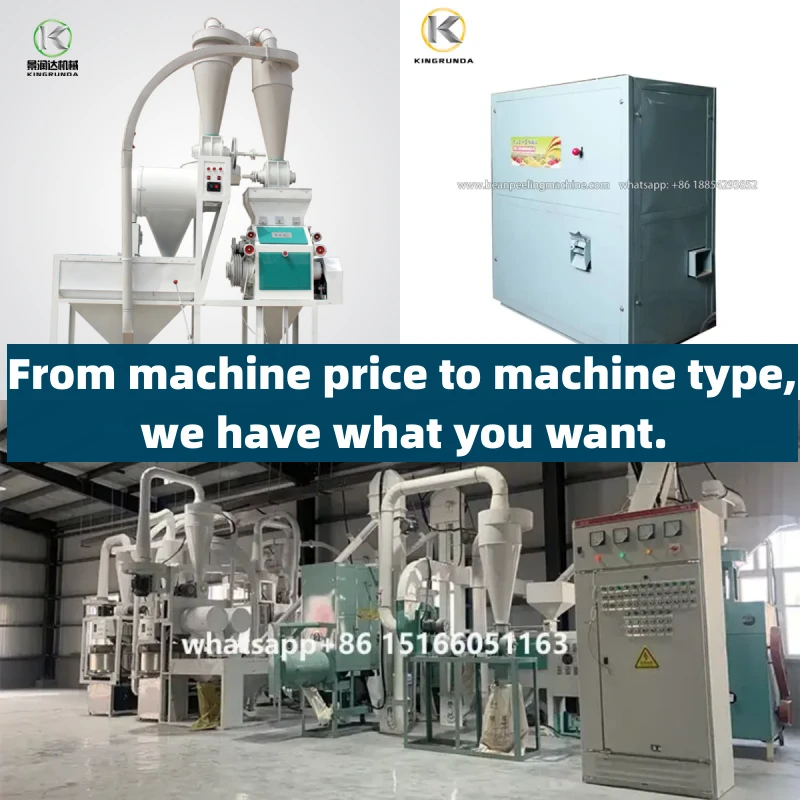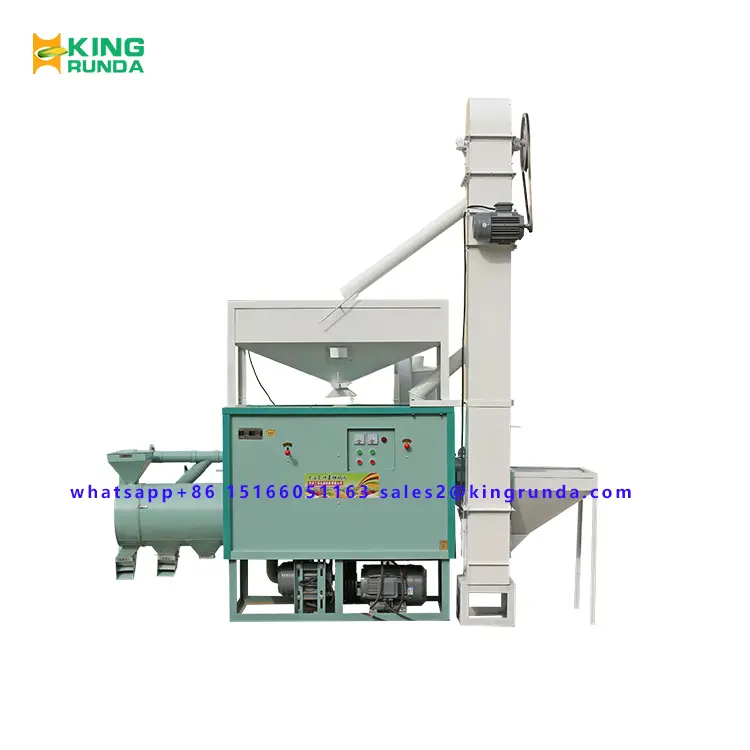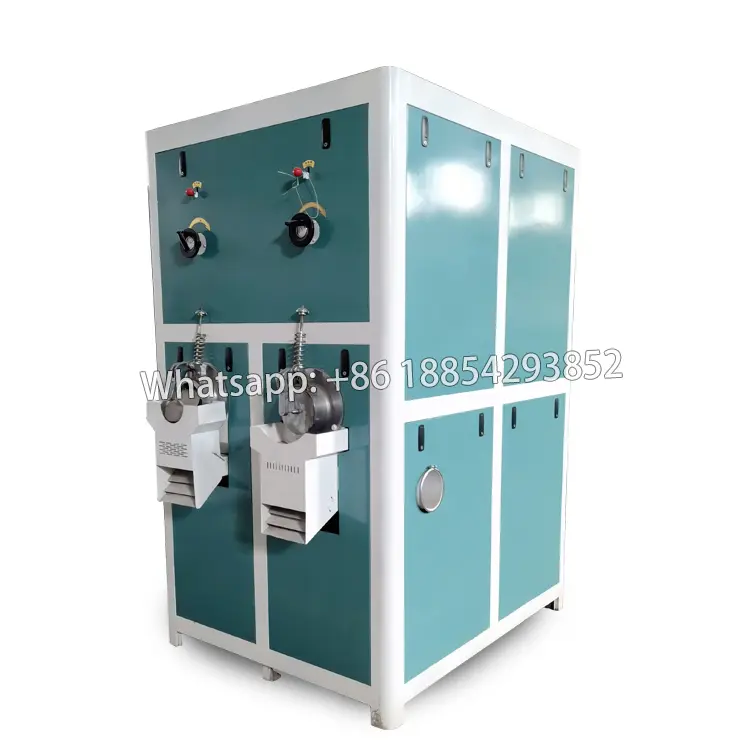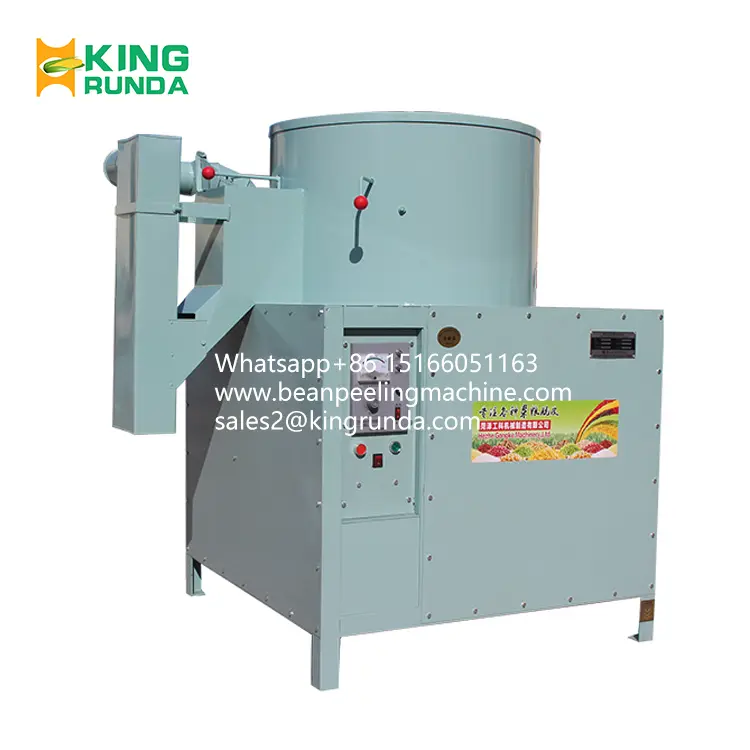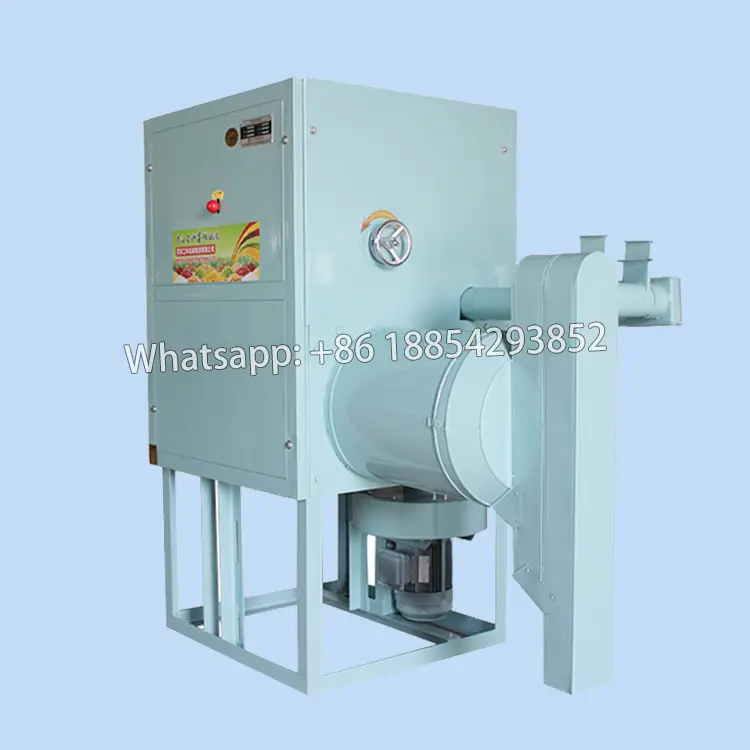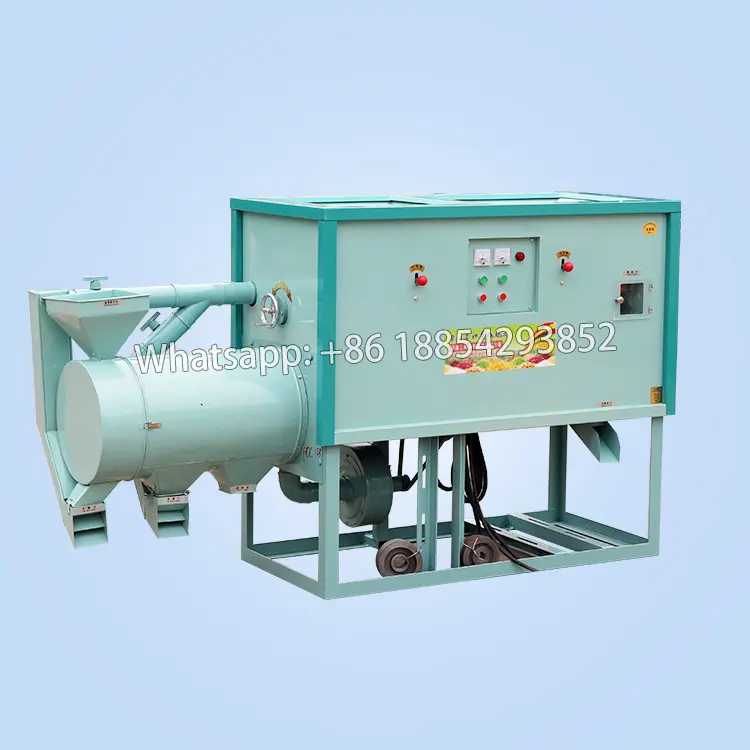Rice is a finished product made of rice after cleaning, hulling, milling, and finishing.
What equipment is needed to go from paddy to rice? This requires some understanding of the rice processing process and craftsmanship. A grain of "fine, white, bright " rice needs to go through 10 processes before it appears in front of diners.
Rice processing process and technology
1. Raw grain cleaning
Raw grain cleaning is to use appropriate equipment (such as cylinder primary cleaning screen, vibrating screen, destoner machine, etc.), through appropriate process flow and proper operation method, to remove various impurities and unqualified rice mixed into rice, to improve the quality of finished rice.
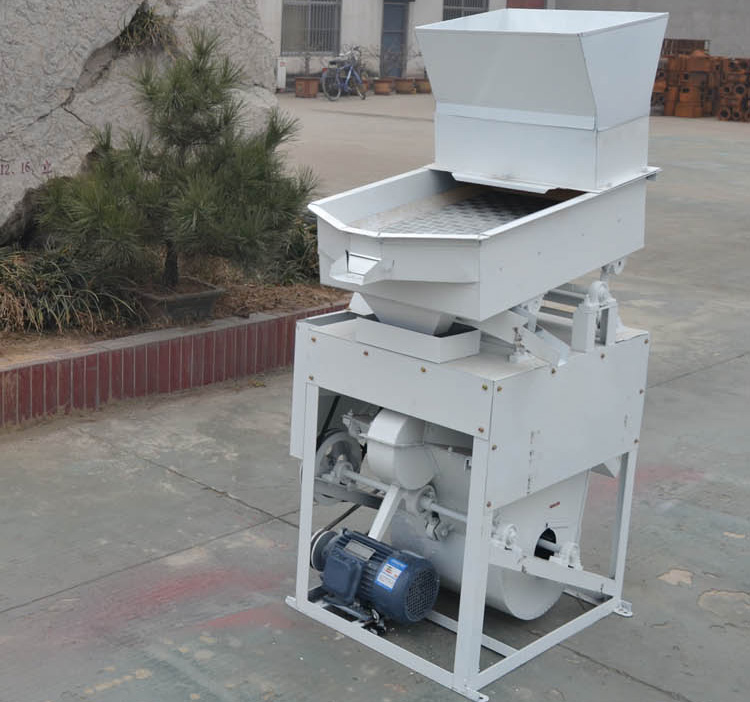
Most of the rice is grown by individual farmers, and there are many varieties. The harvesting and drying conditions are different, and the raw grain contains many impurities, which brings great difficulty to the rice processing. In response to this phenomenon, the paddy cleaning process is designed with multiple screening and stone removal procedures. In actual production, the number of screening and stone removal is flexibly selected according to the different impurities in the raw grain. And strengthen the wind selection, control the impurity content of finished products, and ensure the quality of net grains. At the end of the cleaning process, the large-scale rice processing plant classifies the rice by size, separates the hulling and milling, and reasonably selects the technical parameters of the hulling and milling equipment to reduce broken rice. The large and small grains are packaged separately, which is conducive to improving the value of the goods.
2. Kano Valley
This step is very simple. Use a husker to remove the coat of the rice, so that the white rice can reveal its original appearance. Large factories use Huilong Valley for separate processing. After husking, the unhulled rice is rolled once, and its ability to withstand the pressure of the roller is reduced. This part of the unhulled rice (returning hulling) is incorporated into the mainstream rice and enters the rice hulling machine and then hulled, which is prone to bursting and breaking. Meter. A single grain hulling machine is used to process the back-hulled grains separately, and the roller pressure and line speed difference can be adjusted reasonably, which not only reduces the rough broken rice and burst grains, but also reduces the consumption of glue and electricity, and is also convenient for operation and management. The suitable brown rice whitening moisture is 13.5%-15.0%. Brown rice has low moisture content and produces more broken rice during processing. Using brown rice to atomize water and moisten it for a period of time increases the friction coefficient of the surface layer of brown rice, which is beneficial to the grinding and rubbing off of the brown rice skin layer, which can reduce the whitening pressure, reduce the broken rice during the rice milling process, and improve the rice yield. At the same time, it helps to whiten the finished rice evenly.
3. Separation of grain and roughness mixture
After peeling off the coat of the rice, it is also necessary to separate the two with a grain separator/grain separator. The grain-rough separator is based on the difference in the physical properties of rice and brown rice in terms of specific gravity, particle size, friction coefficient, etc. Under the action of the horizontal reciprocating shaking separation plate, the grain-rough mixture is gradually automatically classified, so that the specific gravity is large and the particle size is small. The brown rice sinks, and the two-way inclined convex point separation plate conveys the brown rice to move upward and flow out above the separation plate; while the rice with small specific gravity and large particle size floats on the upper layer of the brown rice, and slides diagonally to the bottom of the separation and flows out. So as to achieve the result of quality separation.
4. Rice milling
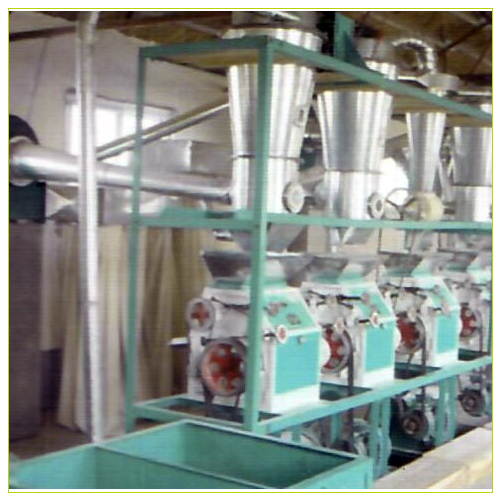
At this point, the rice grains will turn into grains of bright white rice. Multi-pass milling of rice, the pressure in the rice mill is small, the light grinding is fine, the endosperm is less damaged, and the broken rice is less, the rice output rate is increased, and the uneven rate of roughness is reduced.
And in this step, the rice will also go through the process of "polishing". Rice polishing is an essential process when processing refined rice and high-quality rice. Polishing removes the floating bran on the surface of the rice grains with the help of friction, which improves the surface finish of the rice grains and helps the rice keep fresh. When producing colored rice, rice and brown rice, the rice bran powder adhered to the surface of the rice grains is removed by polishing.
5. The first grading of white rice
Do you know why there is a price difference for the same variety of rice? Just because of this white rice grading.
6. Color selection
After the initial grading, the rice also needs to go through a color sorter so that better rice can be selected. Color sorting is used to remove heterochromatic grains (different color rice grains and heterochromatic impurities) in rice grains, and is an important process to ensure product quality in the production of refined rice. When designing the color sorting process in large factories, considering the large amount of secondary streams (different-colored particles), a separate color sorter is selected to process the secondary streams. Medium-sized factories directly choose color sorters with secondary streams.
7. Polishing again
Polishing doesn't happen at one time. Only when it is carefully crafted can it show the most beautiful side. Design of the number of whitening and polishing: processing "refined rice", choose 3-4 whitening, 2 polishing; processing "marked one meter", 2-3 whitening, 1-2 polishing; processing "colored rice" and brown rice", 1 whitening and 1 polishing.
8. Grade again
If you want good rice, one grading is not enough, and one more grading can ensure that every grain of these rice is "fine, white, bright ".
9. Preparing rice
Prepared rice refers to the mixing of two or more kinds of rice in a certain proportion as a rice product. By mixing rice with different nutrients and different tastes, the physicochemical properties of different rice can be complemented, thereby improving the nutrition of the rice and improving the taste of the rice. For example, black, purple, red rice and white rice are formulated to improve the nutrition of white rice; high-quality indica rice, japonica rice and ordinary indica rice are formulated to improve the taste of ordinary indica rice. Mixing rice is not simply mixing broken rice into whole rice. Colored rice and high-quality rice have high nutritional value and good taste, but the planting area and output are limited. Common varieties of rice have high yield and short growth period, but have poor taste. my country has a population of more than 1.2 billion, and relying solely on high-quality varieties of rice cannot meet people's basic survival needs. For a long time in the future, ordinary varieties of rice will still be the main product in the rice market. Improving the nutrition of ordinary rice and improving the taste of ordinary rice by preparing rice is a measure that is convenient and easy to implement, beneficial to the country and the people, and is the main content of preparing rice at this stage.
10. Packing
At present, the finished rice on the market is mostly packed in 5kg and 10kg ordinary plastic bags and textile bags. High-quality refined rice is mostly 5 kilograms of vacuum and nitrogen-filled packaging to ensure the freshness of the product. If high-quality refined rice and nutritionally prepared rice are packaged in 1kg or 1.5kg paper bags and cartons, it can save packaging costs and promote product sales. The rice consumption in my country is dominated by ordinary rice. For the vast majority of the working class, the price of high-quality refined rice and nutritionally prepared rice is relatively high. The ultra-small packaging can meet the working class's demand for high-grade rice, which is convenient for people to shop in supermarkets. , but also conducive to the preservation of rice.
What equipment do rice processing plants need?
Well, now that we understand the rice processing process and technology, we also understand what equipment the rice processing plant needs. To sum up, the equipment required for a rice processing plant is as follows:
Cleaning screen, stone removing machine, grain husking machine, separator, rice milling machine, classifier, rice color sorter, polishing machine, conveyor, rice packing equipment, etc.
How much does it cost to invest in a rice processing plant?
The cost of a rice processing plant mainly includes four aspects: equipment cost, plant cost, water, electricity and labor cost; equipment cost is mainly related to the production capacity, configuration and process purchased by the user, and the rest of the cost is mainly affected by the production capacity of rice processing equipment. For example, the footprint and power of medium-sized rice processing equipment and large-scale rice processing equipment are definitely different. Therefore, first of all, the production capacity of the equipment must be determined and calculated by item. Therefore, it is impossible to say how much the rice processing plant invests in. However, the editor will briefly introduce the equipment price range of the old customers' medium and large rice processing equipment for your reference.
The medium-sized rice processing equipment adopts an all-steel platform, and can choose to process brown rice, germ rice and fresh rice at will. Rice bran and rice husk are automatically separated. Rice bran can be supplied to feed mills for processing various feeds, and can also be supplied to feedlots as livestock feed. It has the advantages of convenience and economy, and is suitable for small and medium-sized rice mills 1. Processing capacity: 30-40 tons of rice/day 2. Equipped with power: 142KW; 3. The equipment covers an area of 18 meters in total length, 6 meters in span, and 6 meters in total height, the weight is about 2.5 tons; 4. Equipment cost: RMB300,000-400,000 (will not exceed this range).
Large-scale rice processing equipment has a high degree of intelligent automation. Each main working machine is driven by a separate motor and controlled by an electric console, which saves labor costs. Customized design and flexible combination can be made according to user requirements, and rice of various precisions can be processed. One machine is multi-purpose, suitable for large rice processing plants. 1. Processing capacity: 150 tons of rice/day 2. Equipped power: 514KW; 3. Equipment area, length X width X height: 38X10X9 (m) 4. Equipment cost: RMB1.6-1.8 million (will not exceed this range).
